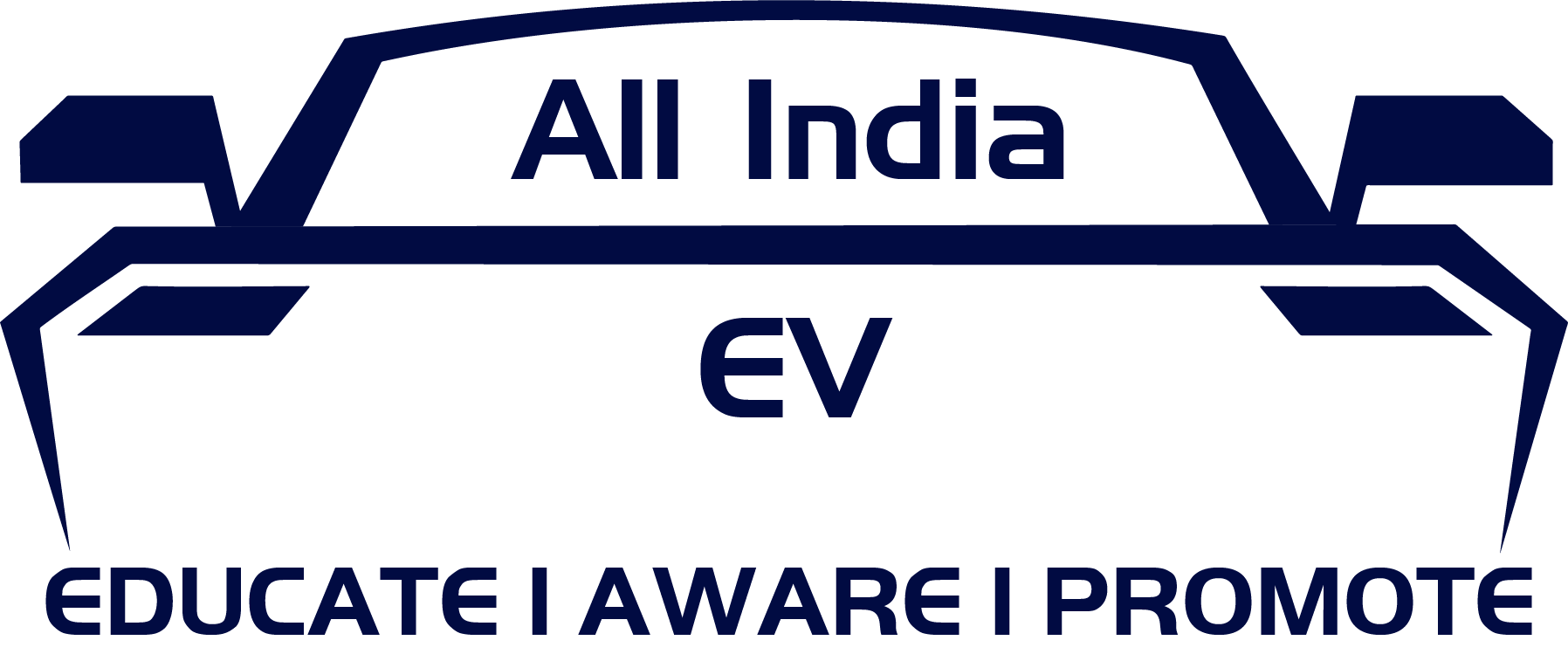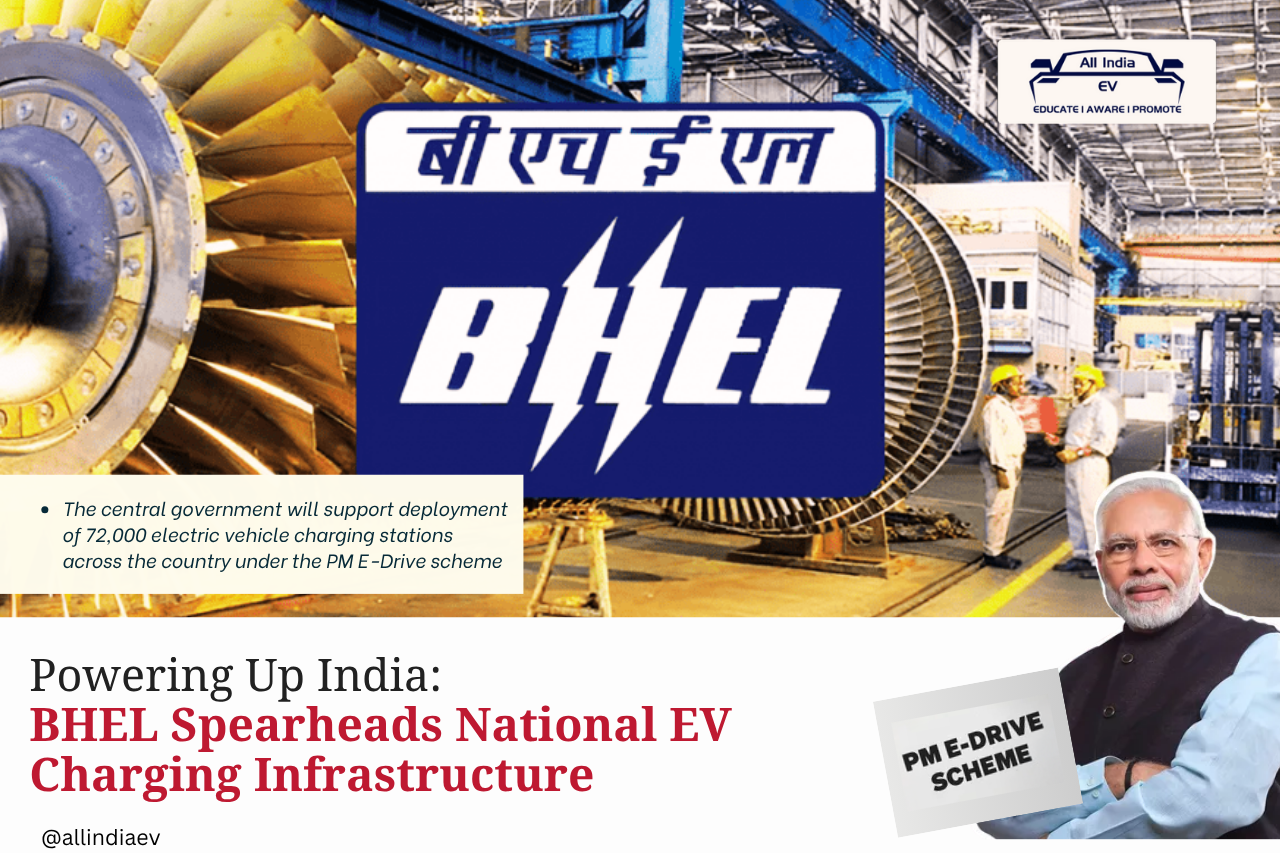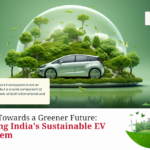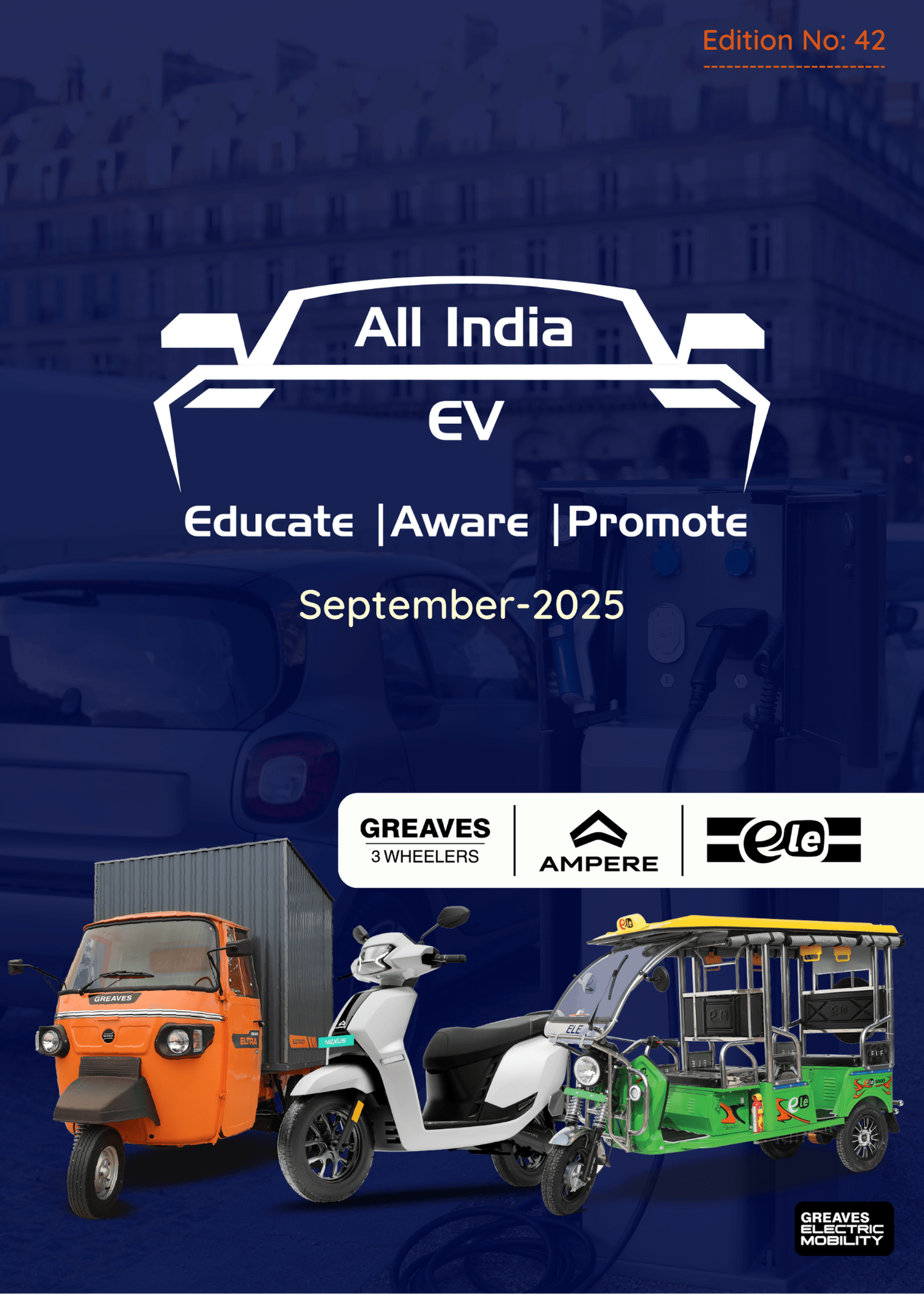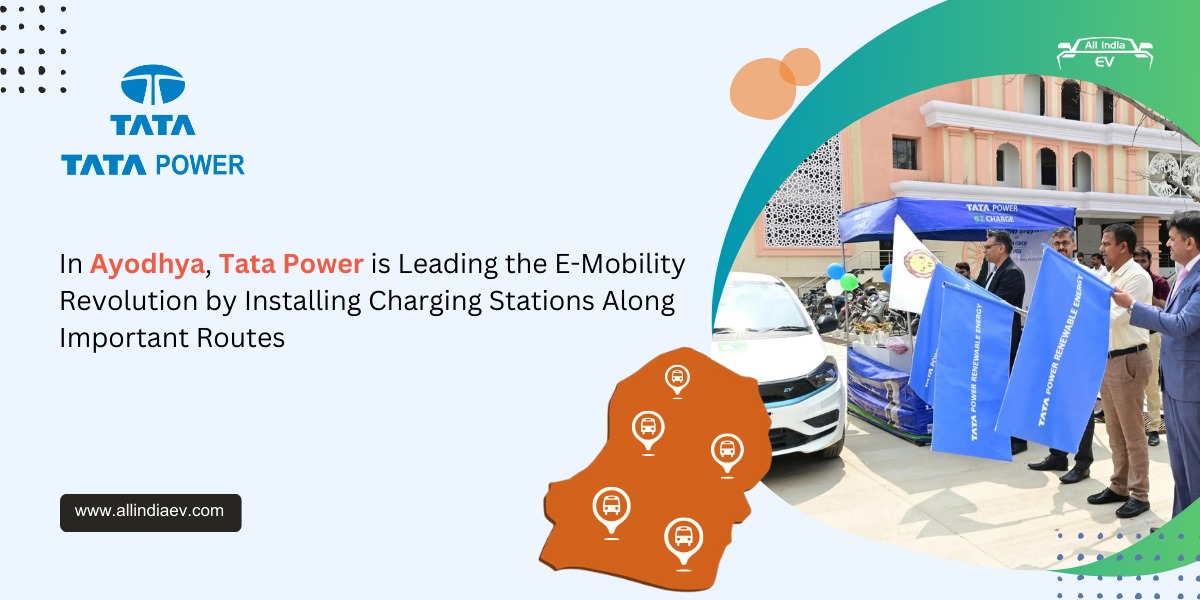
BHEL May Lead Tendering for Over 72,000 EV Charging Stations Under ₹10,900 Cr PM E-Drive Scheme
In a major development aimed at fast-tracking India’s EV charging infrastructure, Bharat Heavy Electricals Ltd (BHEL) is likely to be appointed as the lead tendering agency for the rollout of 72,300 public electric vehicle (EV) charging stations under the government’s flagship PM E-Drive scheme.
The ₹10,900-crore PM Electric Drive Revolution in Innovative Vehicle Enhancement (PM E-Drive) scheme—launched on October 1, 2024—aims to accelerate EV adoption and build a comprehensive EV ecosystem across India. Of the total outlay, ₹2,000 crore has been earmarked specifically to incentivize the setup of public EV charging stations.
BHEL’s Expanding Role in India’s EV Push
According to officials, BHEL is already being considered as the nodal agency for demand aggregation under the PM E-Drive scheme. With this mandate, it is expected to play a central role in price discovery and the tendering process, making it a key institutional player in India’s evolving green mobility landscape.
The Ministry of Heavy Industries (MHI) confirmed in a May 21 statement that BHEL may also lead the development of a unified digital super app for EV users. The platform will include features like real-time slot booking, payment integration, charger availability, and deployment tracking dashboards.
BHEL stock closed marginally unchanged at ₹253.55 on the BSE last Friday, reflecting investor anticipation around its growing role in the EV infrastructure segment.
National Rollout: Scale, Categories & Targets
The PM E-Drive scheme will support the installation of:
- 48,400 chargers for electric two- and three-wheelers
- 22,100 chargers for electric four-wheelers
- 1,800 high-capacity chargers for electric buses and trucks
To qualify for subsidies, the charging stations must meet minimum capacity thresholds:
- 12 kW for two- and three-wheelers
- 60 kW for four-wheelers
- 240 kW for heavy vehicles such as buses and trucks
The Tendering Process: A Collaborative Approach
As per the scheme guidelines, both state governments and central ministries can submit proposals to install EV charging stations through designated nodal agencies after conducting demand aggregation and feasibility studies. These agencies may also function as the tender inviting authority (TIA) or appoint another qualified body for the role.
The tender documents must specify location details, charger specifications, land availability, and evaluation parameters. Once bids are finalized and reviewed by MHI, subsidy disbursal will be made in installments.
The government has committed to covering up to 80% of the upstream costs associated with setting up EV charging infrastructure. In special cases, full funding may be approved based on need and location.
Land Access Still a Bottleneck
Despite growing demand and central support, land availability remains a major hurdle. The guidelines recommend that ministries and state departments facilitate land access in high-traffic areas, which would otherwise deter private charge-point operators due to high rentals.
“Land is not just a cost factor—it’s often the determining factor in whether a charging station goes up or not,” an official said.
Industry View: Charging is Still a Challenge
Rajat Mahajan, Partner and Automotive Sector Leader at Deloitte India, noted during the 2025 Global Automotive Consumer Study that infrastructure remains one of the biggest concerns for consumers. The study revealed that 36% of Indian EV consumers prioritize fast-charging capabilities when making a purchase decision.
“India’s EV movement is picking up speed, but we need to keep up the pace on infrastructure,” Mahajan said. “Battery range, charging time, and access to public chargers are still top-of-mind concerns for consumers.”
